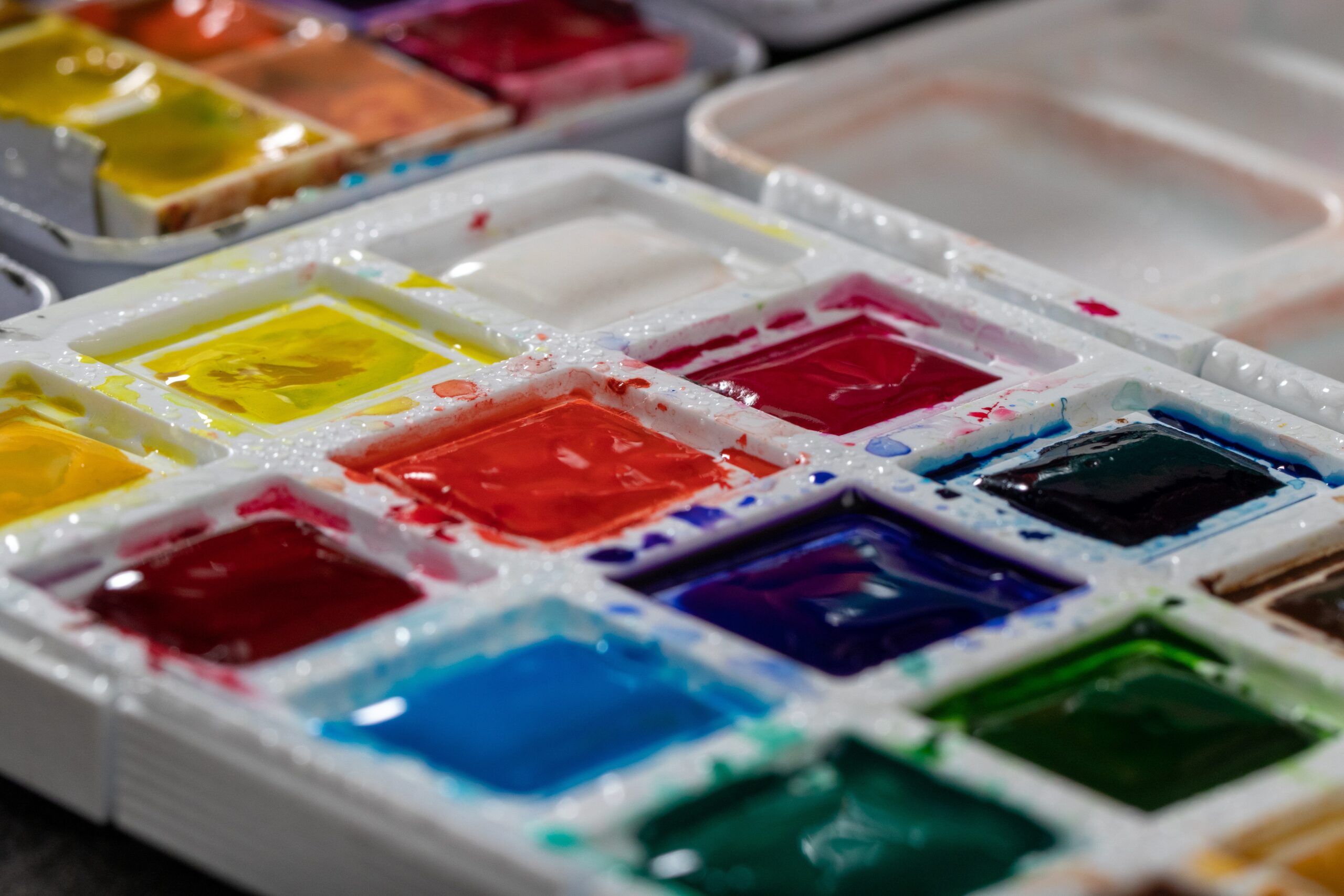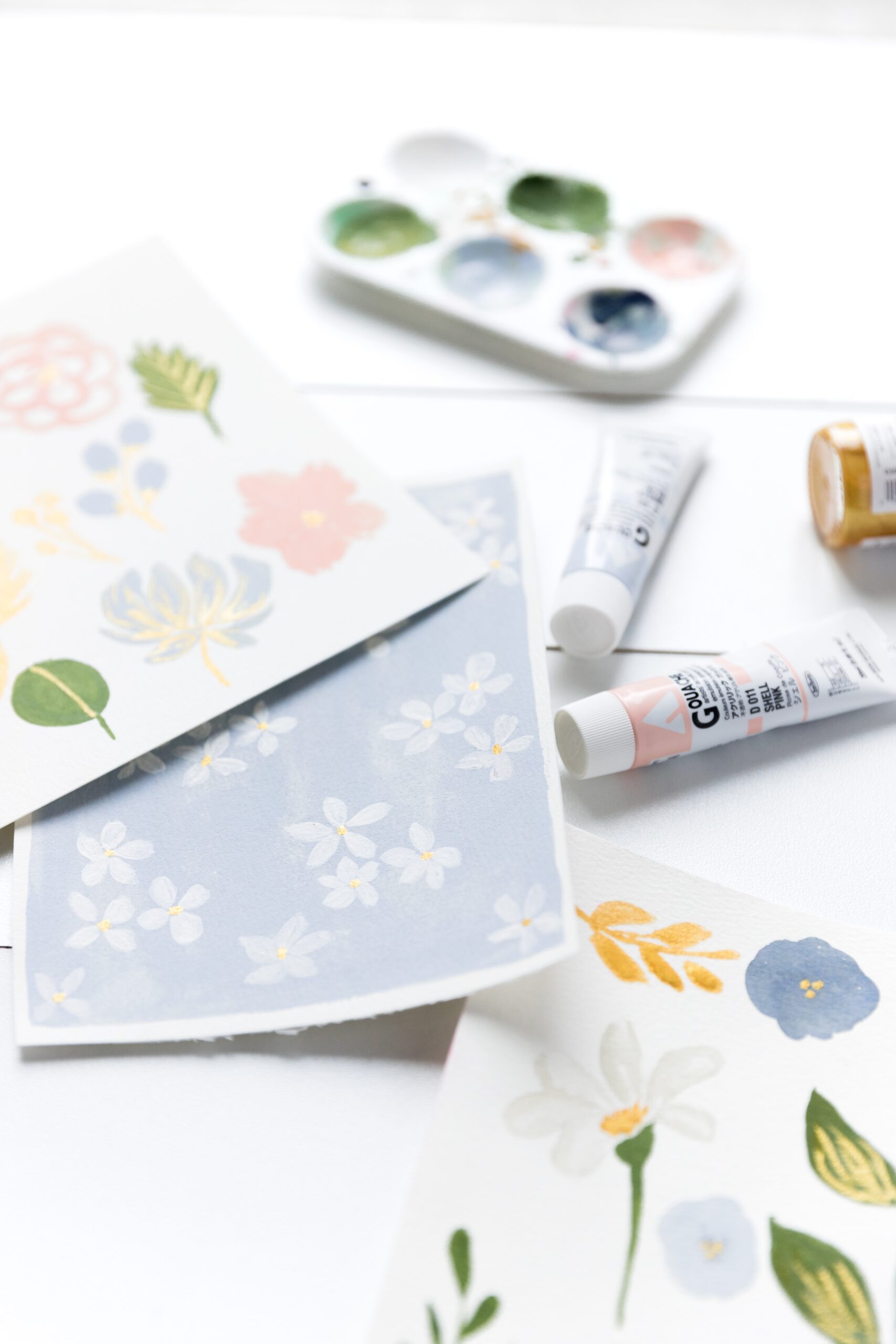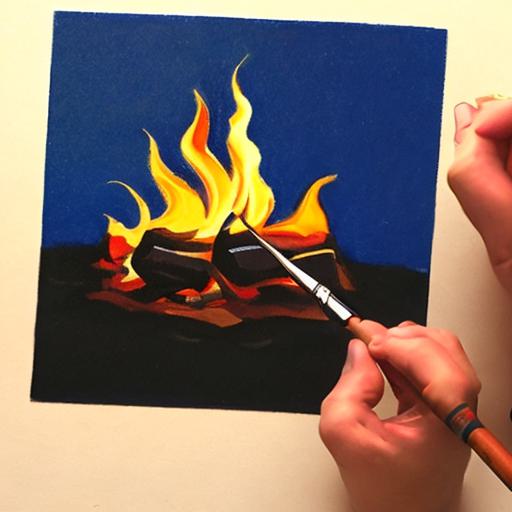In this article, you will learn effective methods for disposing of gouache paint water. Gouache paint is a popular medium amongst artists, known for its vibrant colors and ease of use. However, properly disposing of the water used to clean brushes and palettes is essential to protect the environment. By understanding the correct techniques and practices, you can ensure the responsible disposal of gouache paint water, while minimizing any negative impact on the ecosystem.

This image is property of images.unsplash.com.
Disposing of Gouache Paint Water
Gouache paint water is a byproduct of using gouache paint, which is a popular medium among artists. Proper disposal of gouache paint water is essential to protect the environment and prevent pollution. This article will guide you through the different methods and considerations for disposing of gouache paint water, whether it is in small or large amounts. It will also explore alternative options for reusing or donating the water, as well as the importance of understanding local regulations regarding its disposal. By adopting proper disposal practices, you can contribute to a healthier environment and promote responsible artistic practices.
Understanding Gouache Paint
Before delving into the various disposal methods, it is important to have a basic understanding of what gouache paint is. Gouache paint is a type of water-based paint that is opaque and dries quickly to a matte finish. It is composed of pigments, a binder such as gum arabic, and additives that enhance its properties. Gouache paint can be diluted with water to create different levels of transparency, allowing for versatility in artistic expression. As with any paint medium, proper cleaning and disposal of waste materials, including paint water, are essential.
Importance of Proper Disposal
Proper disposal of gouache paint water is crucial for several reasons. Firstly, improper disposal can have a negative impact on the environment. Gouache paint contains pigments and additives that can be harmful to aquatic life if they enter waterways. Additionally, disposing of gouache paint water incorrectly can cause contamination and blockages in sewage systems, leading to costly repairs. As an artist, it is your responsibility to ensure that your artistic practices do not contribute to these environmental and infrastructure issues.
Disposing of Small Amounts of Gouache Paint Water
If you only have a small amount of gouache paint water to dispose of, there are several simple methods you can employ. One method is to allow the water to naturally evaporate. Pour the gouache paint water into a shallow container and leave it in a well-ventilated area. Over time, the water will evaporate, leaving behind dried pigments, which can be disposed of with solid waste. Another option is to absorb the water using paper towels or absorbent materials. Once the water is absorbed, dispose of the towels in the regular trash. If there are any solid residues left after evaporation or absorption, allow them to dry completely before disposing of them with solid waste.

This image is property of images.unsplash.com.
Disposing of Large Amounts of Gouache Paint Water
If you have a large quantity of gouache paint water to dispose of, it is important to take additional precautions. One method is to collect the water in sealed containers and label them as hazardous waste. You can then take these containers to a hazardous waste facility or contact your local waste management authorities for guidance on proper disposal. It is crucial to handle large amounts of gouache paint water with care to prevent any accidental spills or leaks that could harm the environment.
Using Evaporation Method
The evaporation method is an effective way to dispose of gouache paint water while reclaiming the container for future use. Choose a container with a wide surface area, such as a shallow tray or disposable plate, and pour the gouache paint water into it. Place the container in a well-ventilated area away from direct sunlight and allow the water to evaporate naturally. This process may take several days, depending on the quantity of water and environmental conditions. To speed up the evaporation process, you can use a fan or place the container near a dehumidifier. Remember to dispose of any dried pigments or residues left behind appropriately.

This image is property of images.unsplash.com.
Filtering and Reusing Gouache Paint Water
A sustainable approach to disposing of gouache paint water involves filtering and reusing it for future painting sessions. To filter the water, you will need a fine-mesh sieve, cheesecloth, or coffee filter. Set up the filtering apparatus over a clean container and pour the gouache paint water through it. This will separate the pigments from the water, allowing you to collect and reuse the filtered water. Store the filtered water in a clean, airtight container to prevent it from drying out. When reusing the water, it is important to mix it with fresh gouache paint to ensure the desired consistency and color intensity.
Donating or Sharing Gouache Paint Water
Instead of disposing of gouache paint water, consider donating or sharing it with other artists who may find it useful. Local art groups or organizations that facilitate art exchanges could be potential recipients. Research and connect with these entities to inquire about their guidelines and requirements for accepting paint water. Remember to ensure the water is free of any contaminants or unwanted pigments before sharing it. Bear in mind that different artists may have varying preferences, so it is best to communicate openly and provide detailed information about the gouache paint water you are offering.

Disposing of Gouache Paint Water in the Sink
Disposing of gouache paint water down the sink should only be considered if it is allowed by local regulations and if the water has been properly separated from the pigments. To determine the suitability of sink disposal, consult your local wastewater treatment facility or municipality. If it is permitted, separate the pigments from the water by allowing it to settle in a container. Once the pigments have settled, carefully pour off the clear water into the sink, ensuring that no pigments or solid residues go down the drain. After disposal, thoroughly clean the sink to remove any remaining traces of pigments or contaminants.
Disposing of Gouache Paint Water in the Toilet
Disposing of gouache paint water in the toilet is generally not recommended due to the potential for clogs and the introduction of unwanted substances into the sewage system. However, local regulations may vary, so it is advisable to check with your municipality or wastewater treatment facility for specific guidelines. If permitted and after proper separation of pigments, pour the clear water into the toilet bowl while flushing. Make sure that no pigments or solid residues are flushed, as they can contribute to clogs.

Identifying Local Regulations for Disposal
Understanding and complying with local regulations for the disposal of gouache paint water is crucial for maintaining environmental responsibility. Municipalities and wastewater treatment facilities often have specific guidelines and protocols to follow. Some areas may require hazardous waste disposal for large quantities or prohibit sink or toilet disposal altogether. It is your responsibility to research and be aware of the regulations in your locality to ensure proper disposal practices.
Conclusion
Properly disposing of gouache paint water is an important aspect of being a responsible artist and protecting the environment. By understanding the composition and characteristics of gouache paint, you can make informed decisions about its disposal. Whether you are dealing with small or large quantities of gouache paint water, there are several methods available, including evaporation, filtering, and donating. It is also essential to understand and adhere to local regulations to prevent pollution and ensure the longevity of our wastewater treatment systems. By adopting proper disposal practices and promoting environmental responsibility, artists can contribute to a sustainable and cleaner artistic community.



